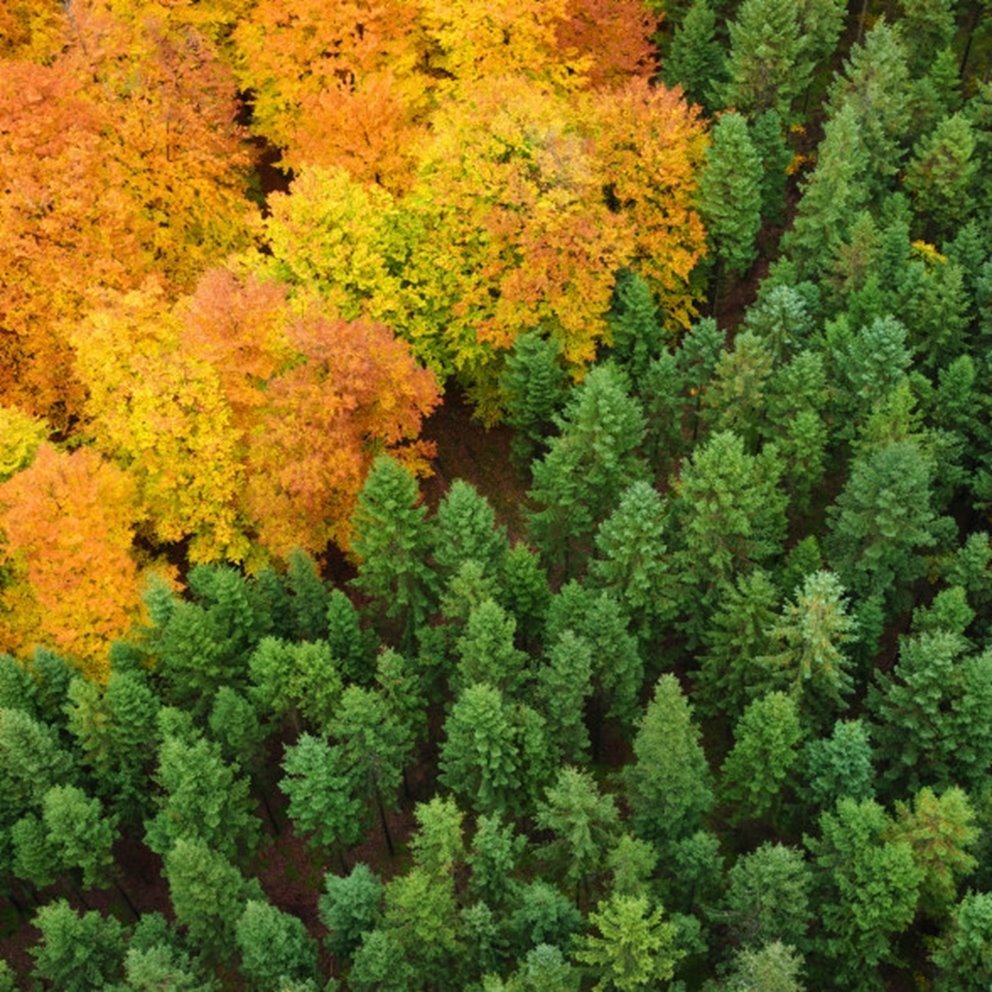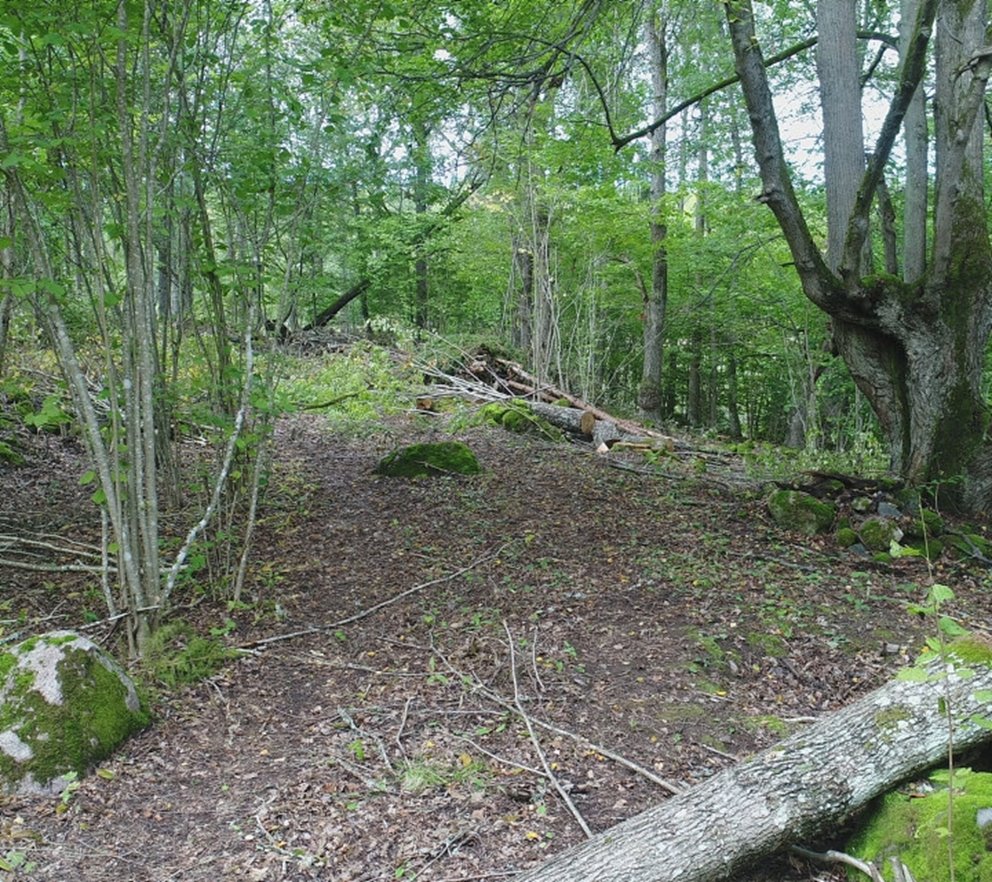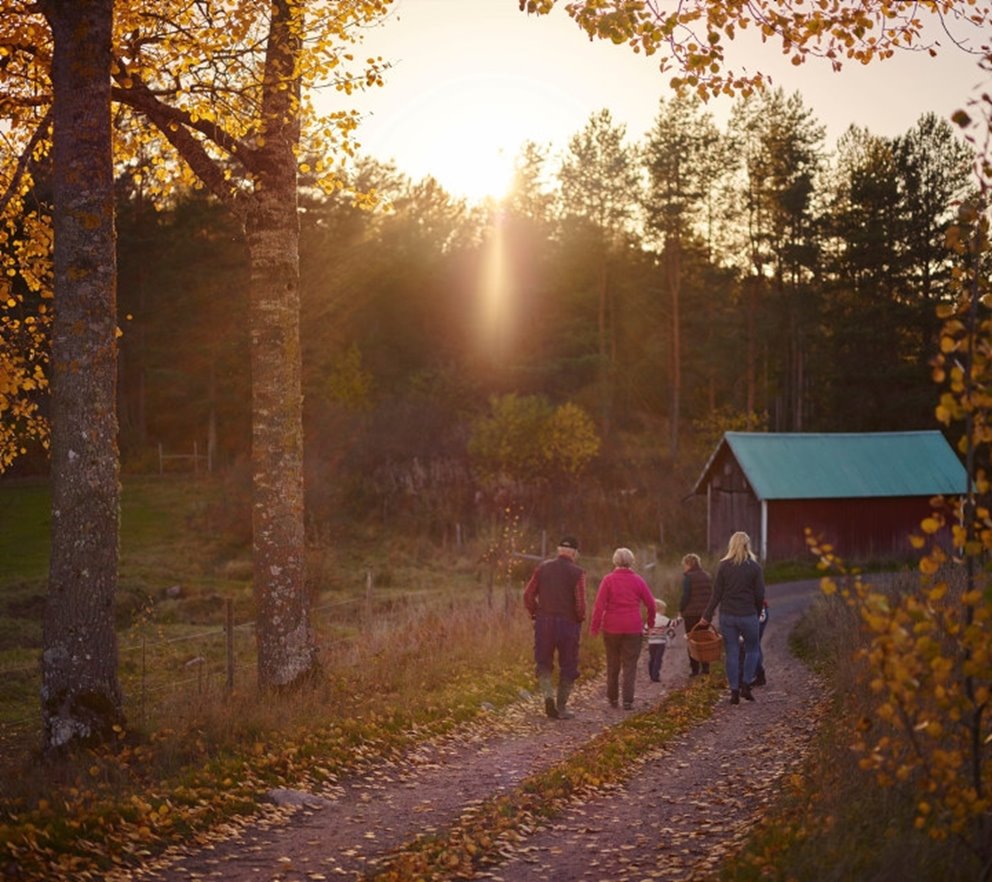Richer biodiversity for future generations
In 2022, we set ourselves the goal to be leading in richer biodiversity for future generations. The members in Södra own half the forest land in southern Sweden. How we manage the forest significantly impacts biodiversity, and we work in a variety of ways to promote it.
The foundations of our nature conservation work are voluntary set-asides, conservation management and sound general environmental consideration. Beyond that, we collaborate with researchers, authorities and other forestry stakeholders to develop knowledge and experience around sustainable forestry.
Since Södra comprises many smaller family forest owners with different ideas and goals, this naturally contributes to greater variation and diversity in our forests. A crucial tool for sustainable forestry is certification systems. About 70 percent of the members in Södra are certified according to PEFC and/or FSC®.
Read more about our certifications
We manage the forest sustainably
The forest is a resource to be used but not over-exploited, which is why it’s vital that we manage and harvest the forest sustainably. We regulate our harvesting levels based on recommendations from the Swedish Forest Agency and the Swedish University of Agricultural Sciences. We continuously develop our environmental consideration and identify strengths and weaknesses by reviewing our forestry actions annually in a Green report.
Through advisory and service offerings, we help members balance production, environmental protection and social values. This includes members making voluntary conservation set-asides. To preserve or develop forests with high natural values, we need additional efforts and special management. To this end, the area for conservation management measures is to increase, and we’ve set a goal to conserve 3,000 hectares annually. More key figures to measure the effects of actions to preserve and promote biodiversity are under development.
The forest and the climate
Our changing climate is having an effect on forests. Higher temperatures and long periods of drought increase the risk of damage. Adapting the forest for climate change will remain a critical and overarching issue for forest development for a long time. Collaborating with researchers and experts, we have developed guidelines to increase the climate resilience of our members’ forests, which involve risk assessment in all forestry actions, choosing the right tree species and working with active management in various ways.
Read more about climate-adapted forestry in Södra





